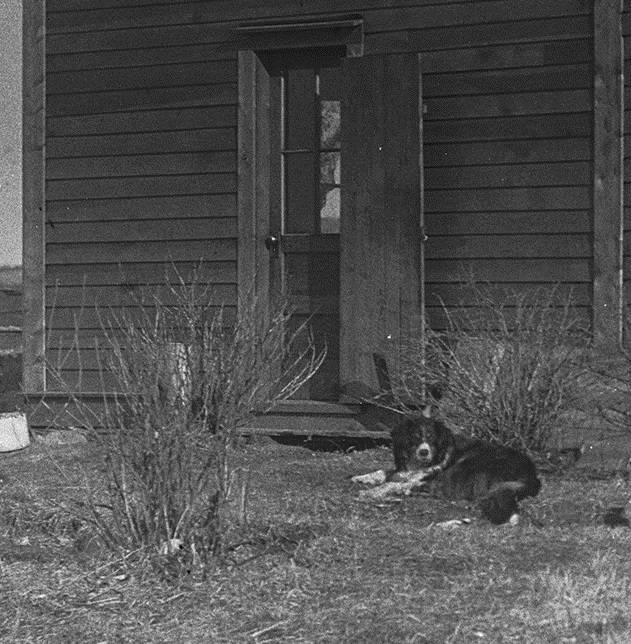In modern society, we rely on laws and regulations to set the rules as to what we can do, and can’t do, how we interact with others and how we generally go about our daily lives. However, sometimes laws and regulations can create bizarre situations, which seem to contradict common sense, but still apply anyways.
One such instance occurred nearly 100 years ago in January 1920 when Red Deer was a small town of around 2,500 residents. The incident involved a prominent local lawyer’s Irish spaniel dog. What transpired literally became front-page news in the local newspapers.
The animal in question was getting on in years. The lawyer was noted for being quite cold and hard-hearted. He had never liked the dog. He was not particularly concerned about what his wife and two children felt about the family pet.
Consequently, when his wife and children went away on a holiday to Scotland, the lawyer decided that this would be an ideal time to have the old pet dog put down.
He went to the local veterinarian and asked him to give the animal his ‘quietus’. The vet muzzled the animal’s nostrils and applied four ounces of chloroform.
After determining that the animal’s heart had stopped, the doctor declared the animal deceased. The remains were then loaded onto a sleigh and sent to the City’s nuisance grounds for disposal.
However, like the cat in the old song, the dog came back the very next day, looking very frail and bedraggled. Moreover, it showed up at the barracks of the Alberta Provincial Police on the northeast corner of Gaetz Avenue and 54th St.
Those barracks were roughly a block away from where the lawyer and his family lived.
The policemen removed the ‘death’ muzzle and gave the animal some nourishment.
The constables were genuinely angry over what they had found. They launched a determined search to find the owner. Because Red Deer was still such a small town, they quickly established that it was the lawyer’s dog.
Given that the lawyer was quite unpopular with the police, because of how he often treated people as well as animals, the police decided to have him charged with cruelty to animals.
The lawyer at first protested that the dog that had shown up at the A.P.P. barracks was not the same one that he had thought had been put down.
However, after corroboration by several people who knew the animal, the lawyer finally agreed that the dog was probably his old pet.
Once the investigations established that the lawyer had taken the dog to a vet and that the vet had stated that the dog had been put down, the idea of laying animal cruelty charges was reluctantly dropped.
However, the Alberta Provincial Police and the local City of Red Deer Police were not yet ready to let the matter drop.
Police Chief Anderson found out that the lawyer had not yet paid his dog license fee for 1920. He then determined that the lawyer should then have two dog taxes levied against him – one for the old dog and another for the resurrected pet.
The lawyer angrily disputed this.
He agreed that he had not paid his dog license fee for 1920. Nevertheless, he had paid to have the pet euthanized before the month of January was over.
Having done so, he also did not feel an obligation to pay another license fee for an animal he didn’t want or like.
The dispute raged for a few days and ended up in the courts.
In the end, the local magistrate made a ruling that the dog had indeed been officially declared ‘dead’ by the City veterinarian. Hence, for all intents and purposes, the lawyer’s dog was dead in the eyes of the law.
There is no record as to how much longer the animal lived and with whom. There is also no record of the reaction of the lawyer’s wife and young children when they returned from Scotland and heard about what had happened to their family pet.
It is probable that there was a marked chill in the lawyer’s home, not connected to the brisk winter weather outside.



